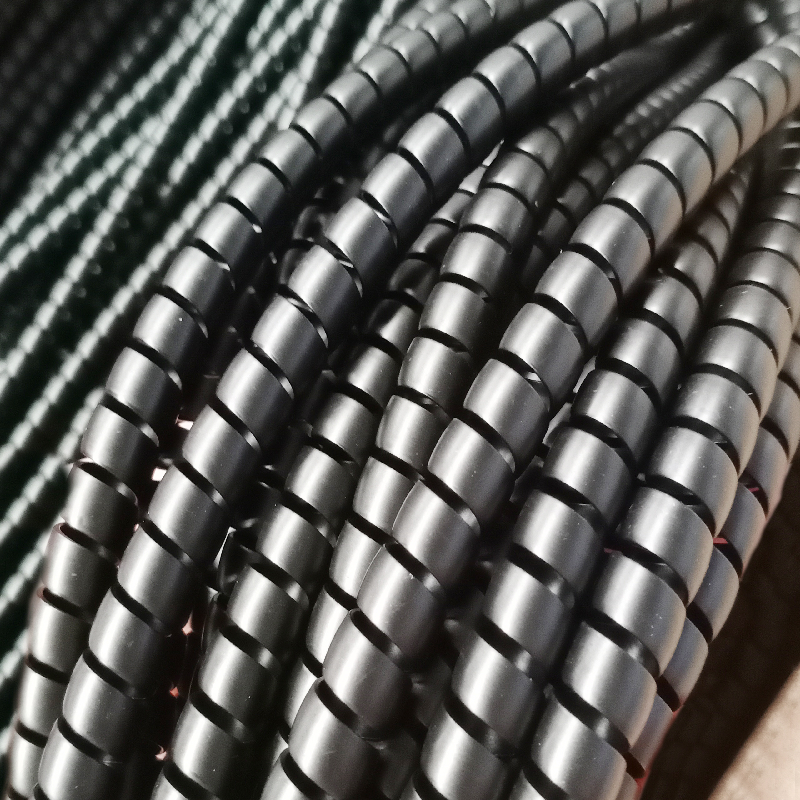r134a refrigerant hose
Understanding R134a Refrigerant Hoses
When it comes to modern refrigeration systems and air conditioning units, R134a refrigerant plays a critical role. As a hydrofluorocarbon (HFC), R134a has gained popularity due to its lower impact on the ozone layer compared to its predecessor, R12. However, the efficiency of R134a systems largely depends on the quality and integrity of the hoses that transport the refrigerant throughout the system. This article delves into the importance of R134a refrigerant hoses, their specifications, and maintenance.
Importance of Refrigerant Hoses
Refrigerant hoses are essential for the effective functioning of any HVAC system. They connect various components of the refrigeration cycle, including the compressor, evaporator, and condenser. R134a hoses are specifically designed to withstand the pressures and temperatures associated with R134a refrigerant, ensuring efficient cooling and heating processes.
The primary role of these hoses is to transfer the refrigerant between components while maintaining a tight seal to prevent leaks. A leak in the refrigerant hose can lead to several issues, including reduced efficiency, increased energy consumption, and environmental concerns due to refrigerant loss.
Specifications of R134a Hoses
R134a refrigerant hoses are constructed from specific materials that can handle the unique properties of the refrigerant. Typically, these hoses are made from a combination of rubber or synthetic materials that provide durability, flexibility, and resistance to the chemical properties of R134a.
1. Pressure Ratings It is crucial that R134a hoses have the appropriate pressure rating to handle varying pressures during operation. Standard pressure ratings typically range from 250 psi to 350 psi, with some hoses designed to withstand even higher pressures.
2. Temperature Resistance Effective operation requires that R134a hoses perform at different temperature ranges. These hoses should withstand temperatures from -40°F to 250°F, ensuring they remain functional in various environmental conditions.
3. Size and Fittings The size of the hoses is another critical factor. It's essential to choose hoses with appropriate diameters and fittings that match the system requirements to ensure proper flow rate and avoid constriction.
r134a refrigerant hose

4. Compatibility Since various refrigerants exist, it is important to ensure that the hoses are specifically labeled for use with R134a. Using incorrect hoses can lead to material degradation or failure.
Maintenance Tips for R134a Hoses
Proper maintenance of R134a refrigerant hoses is essential for longevity and optimal performance. Here are some tips to keep in mind
1. Regular Inspections Conduct routine checks for signs of wear, such as cracks, bulges, or fraying in the hoses. Spotted issues should be addressed immediately, as even minor damage can lead to significant refrigerant leaks.
2. Tight Connections Ensure that all connections are tight to prevent leaks. Using appropriate tools for the fittings helps maintain proper torque levels.
3. Avoid Kinks and Bends Kinking or bending hoses improperly can reduce their effectiveness and lead to weak spots that may eventually rupture. Ensure that hoses are routed smoothly to prevent such issues.
4. Replace Old Hoses Over time, hoses can degrade due to environmental factors or chemical exposure. If hoses have been in service for more than five years or show visible signs of wear and tear, consider replacing them to maintain system integrity.
5. Use Refrigerant System Flush When replacing R134a hoses, it's wise to flush the system with a refrigerant system cleaner to remove any debris or contaminants that could affect the performance of the new hoses.
Conclusion
R134a refrigerant hoses are a vital component of air conditioning and refrigeration systems, playing a key role in maintaining efficiency and performance. Understanding their specifications, importance, and maintenance can help ensure that HVAC systems run smoothly for years to come. By choosing high-quality hoses and conducting regular inspections, users can prevent refrigerant leaks and extend the lifespan of their equipment, ultimately leading to a more efficient cooling solution. Whether you are a professional technician or a DIY enthusiast, paying attention to the condition of R134a hoses is essential for the longevity and efficiency of refrigerant systems.
-
Ultimate Spiral Protection for Hoses & CablesNewsJun.26,2025
-
The Ultimate Quick-Connect Solutions for Every NeedNewsJun.26,2025
-
SAE J1401 Brake Hose: Reliable Choice for Safe BrakingNewsJun.26,2025
-
Reliable J2064 A/C Hoses for Real-World Cooling NeedsNewsJun.26,2025
-
Heavy-Duty Sewer Jetting Hoses Built to LastNewsJun.26,2025
-
Fix Power Steering Tube Leaks Fast – Durable & Affordable SolutionNewsJun.26,2025

